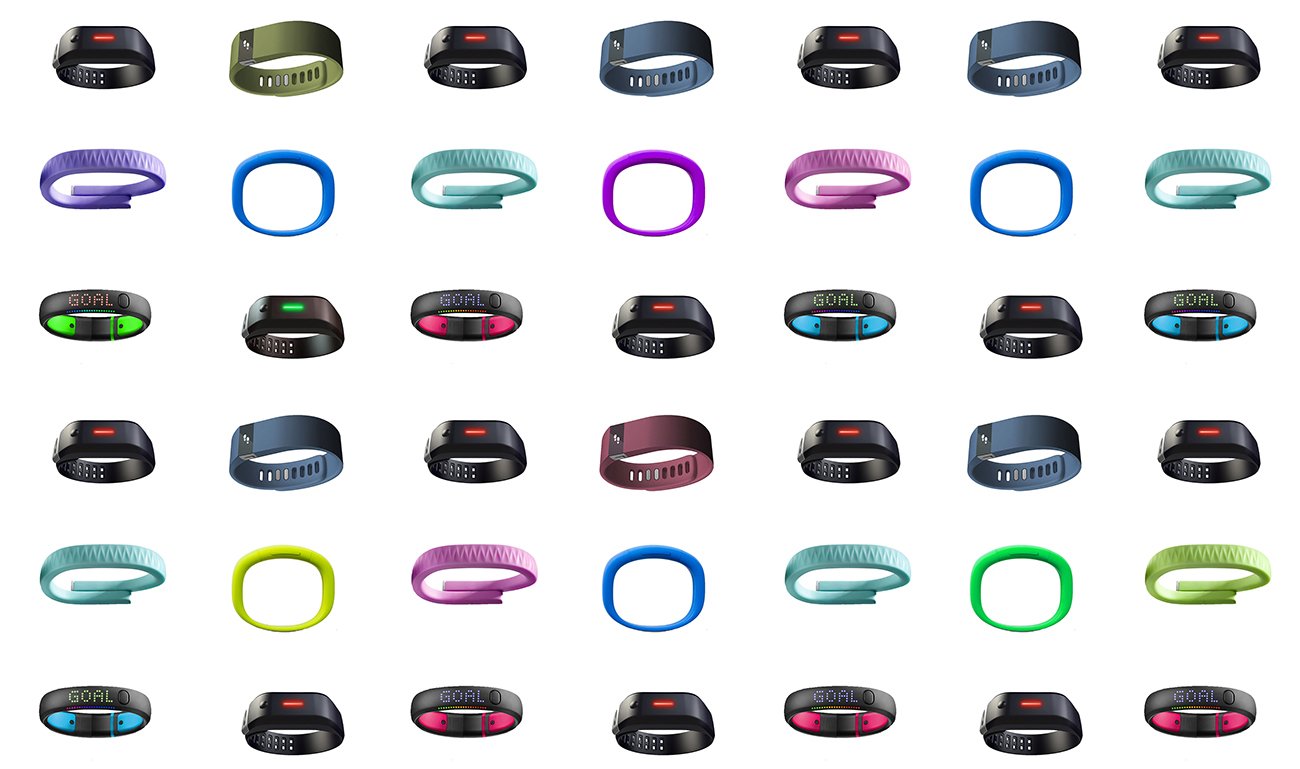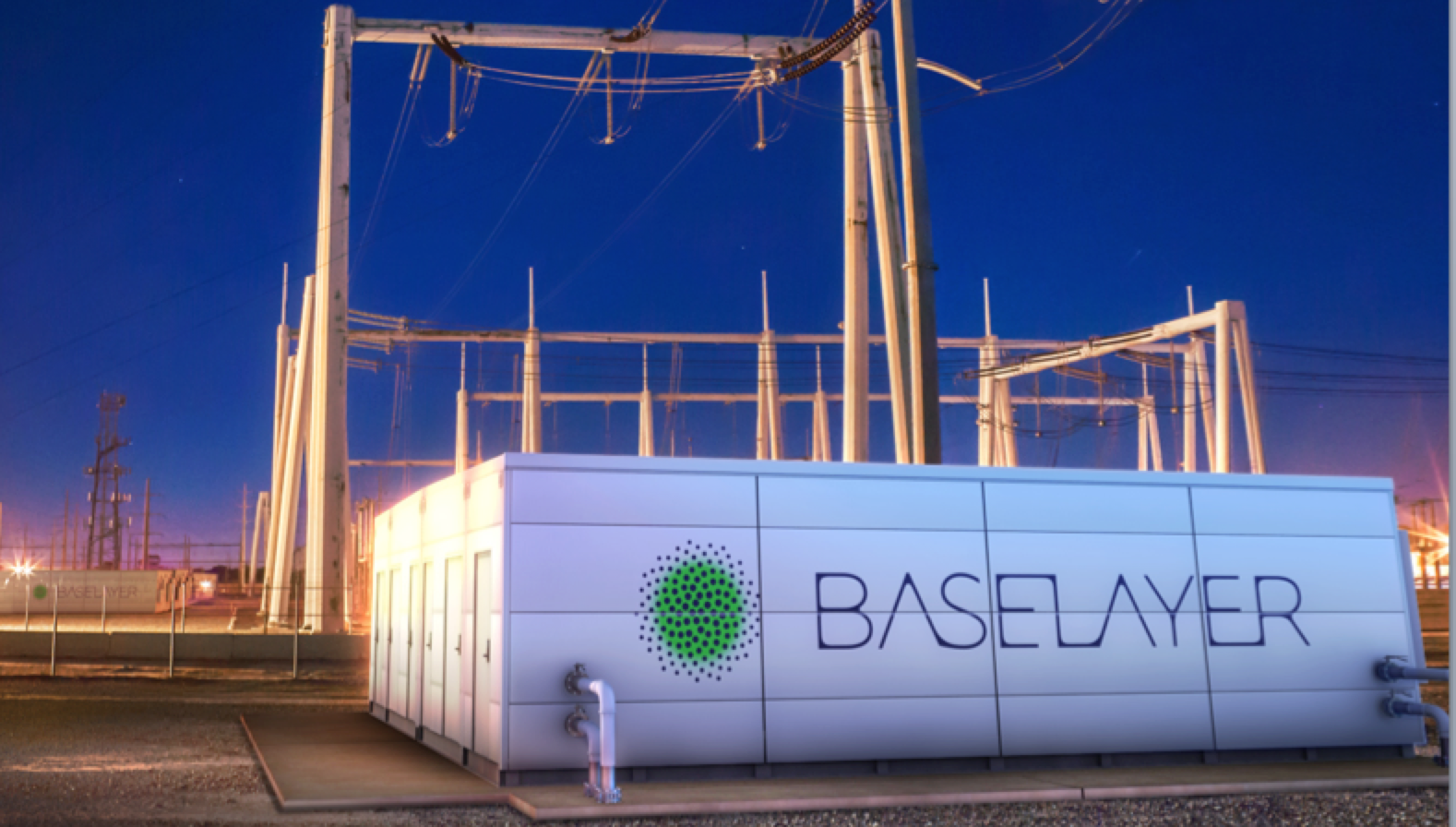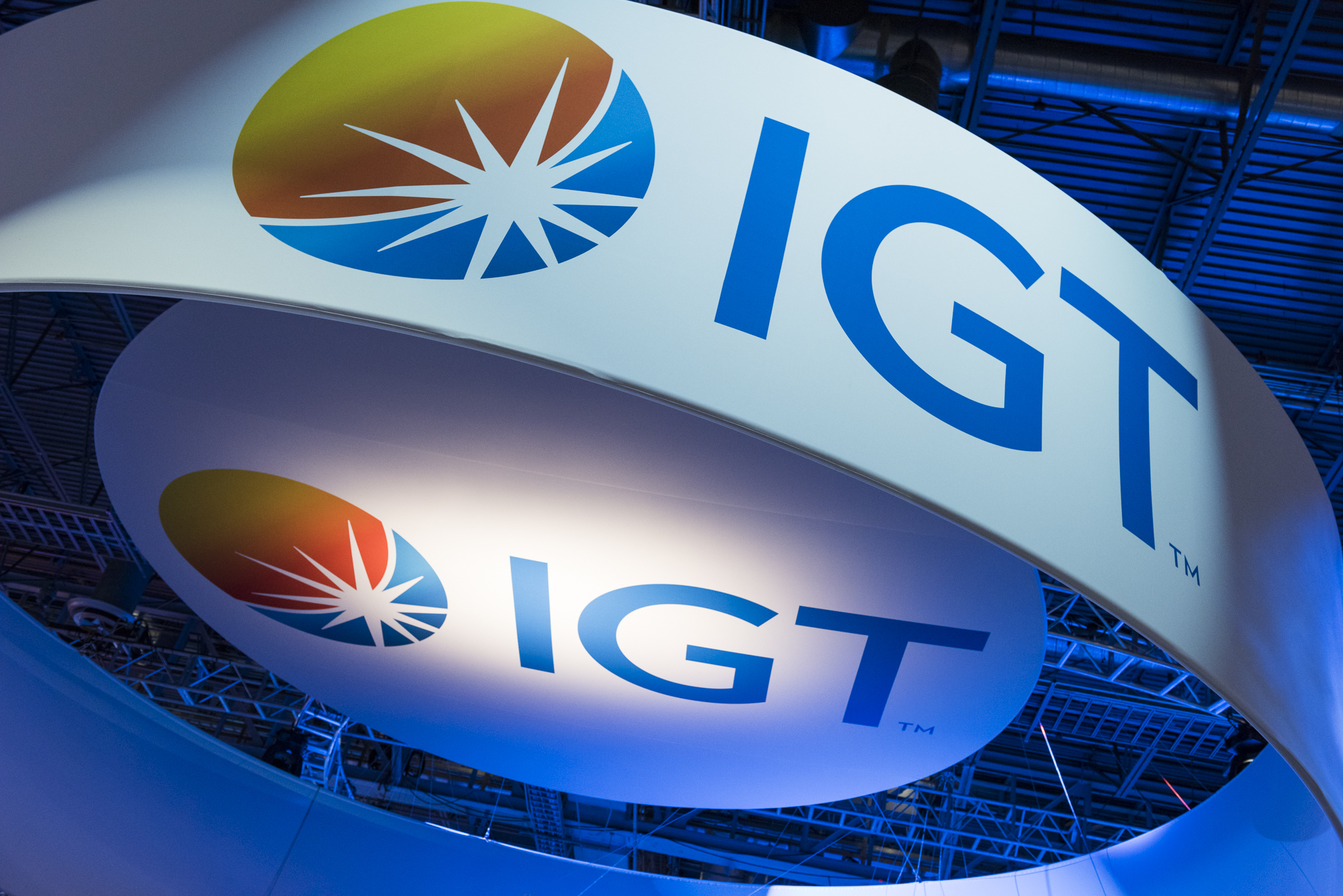
The power of design: Integration to Drive Demand
September 28, 2013
For years, design in my professional life has been all about graphic design. Collaborating with great creative talents over the years, we built powerful design systems that distinguished important brands. These design “systems” fulfilled their briefs, but in retrospect, they were hardly systems. Instead, we built well-conceived graphic design solutions that helped convey a consistent look for brands across their many touch-points.
Today, design is once again top of mind in the worlds of marketing, communications and importantly, business. Fast Company just published their 10th “Innovation in Design” issue, Google is lauded for their design innovation across their portfolio of new products and Apple has just launched iOS 7 – a design driven transformation of its mobile operating system.
The difference between this design and the design I’ve worked with over the years is that today’s great design is a real system – composed of well integrated graphic, physical and interactive design – all working together to define the essence of the products we hold most dear in our lives.
These great design systems define the user experience. No longer is superb design just about shaping the “look” of a brand. Design today defines the look, the feel and the behavior of the brand. The difference between good and great is mostly about how well graphic, physical and interactive design are brought together to make the whole experience wonderful.
Think about it. Before the launch of iOS 7, Apple had two personalities. The look and feel of its products has always been distinctly Apple. But until iOS 7, the interactive experience was not. iOS versions 1 – 6 felt separate from the brand. The interactive experience was never fully formed as Apple. Something was always a bit off.
Last weekend, as I experimented with iOS 7, I experienced a more complete Apple. For the first time, the interactive aspect of the brand is one with the look and the feel conveyed through graphic and physical design. The user experience is more natural, which is imperative for a brand that prides itself as the most natural and intuitive in its space
American Airlines is another example. Fast Company just cited American for excellence in graphic design for its recent brand identity transformation. The newness comes across distinctively in both the new look and through the enhanced interactive design on the web and in both airport and mobile apps. But, when you get into an American plane, the transformation abruptly ends.
American has yet to launch the redesign of its physical space across its fleet. Thus, there’s a glaring disconnect in the user experience, which undercuts the impact of the work American’s done to this point to transform their brand. They will close this gap soon with a hopefully well-integrated cabin experience, but until they do, the new design system falls strikingly short of great.
As I grew up in the branding business, I was always amazed at how great graphic design brought to life a brand strategy I labored to develop. I loved seeing the power of design turn strategy from promise to reality. Now, as I work with superb designers who are creating well-conceived graphic, physical and interactive design, I am amazed at how much more powerful integrated design systems can be in defining the essence of a brand.
I always thought of graphic design as a tool best suited to engage target audiences. I now realize that the value of integrated graphic, physical and interactive design moves far beyond mere engagement. Today’s design systems are the most powerful tool we have to both engage and fulfill with each interaction across every important touch-point.
Design continues to expand its influence, for today’s integrated design systems are our most effective means for building, nurturing and securing demand. The brand experience delivered through a well-conceived design system is often the difference between simply good and truly great. When graphic, physical and interactive design come together as one, the result is both awe inspiring and business enhancing.
Posted under: Uncategorized

Progressive Innovation: The Key to Retention, Advocacy & Growth
September 10, 2013
My Nike FuelBand stopped working last week. It’s kaput. After wearing it most all of my waking hours since I brought it home on St. Patrick’s Day last year, my right wrist is naked. I miss it. There’s quite a void.
Normally when it comes to the technology in my life, such a loss would be cause for a minor celebration. When the old one breaks, there’s nothing stopping me from immediately running out and getting the newest model. The excitement of fresh new utility immediately replaces any sense of loss.
Those who know me know that I rarely even wait for what I have to break. The draw of the new is so powerful that I often shelve technology that is working perfectly just to experience the latest and greatest.
So why am I still sad?
Well, the problem is there is no latest and greatest Nike FuelBand. The model I bought almost 2 years ago is the same model I’m forced to buy today. Sure, I have the choice of more colors, but the core utility I was so excited about on my first day is still the utility I would be buying today. In my world, that’s a reason not to buy.
When Nike launched the FuelBand, I immediately jumped on the bandwagon. The device played an important role in my life. It helped me realize just how much of a slug I could be when I was working and it motivated me to get up on my feet and keep moving everyday. The daily pursuit of my “goal” helped reinforce my active behaviors and keep me healthier than I would otherwise be without it.
From the beginning, I wore the band proudly and sang its praises to all who wondered why I was suddenly wearing a bracelet. I imagine over the past two years, I’ve contributed to the sale of two-dozen or more devices. I was madly in love and all who knew me, knew about my new favorite thing.
That is, until my first anniversary last March. You see, I’ve been trained by Apple to enjoy a regular cadence of fresh new capabilities. I expected that Nike would refresh the FuelBand through regular software upgrades so that I could do what I was doing even better and importantly, could do even more to be healthier. I also expected Nike to realize the need to refresh the hardware on an annual basis to open the door to ever expanding utility, which in turn, would fuel my desire to rave even more loudly to anyone who would listen about how important the device was in my life.
Unfortunately, the anticipated software and hardware upgrades never came. There are rumors of an impending new release, but so far there’s nothing tangible enough to confident in.
So… today Nike is likely losing one of its most loyal customers. With the need to rethink the relationship, I’ve found alternatives that offer greater utility than Nike and there are several new devices coming to market that offer the potential to transform the value these devices deliver to us all.
Brands, like all of our relationships, need to find ways to stay fresh and interesting in our lives. When they do, we remain very loyal, often in the face of significant competition. When they don’t, we’re open to consider alternatives that, in the light of more objective consideration, often prove to be superior to the brands we’ve been loyal to all along.
In today’s world of consumer technology, software driven progressive innovation is the key to customer retention, relationship longevity and advocacy. Without it, even the strongest of relationships are destined to end. And when they do, it’s likely not just for a single product. Often it means unraveling a relationship across multiple products and categories. All of which dramatically reduces share of wallet and stifles growth.
For Nike, that’s the case with me.
Posted under: Branding Strategy, Changes in branding, Demand Driving Strategy







